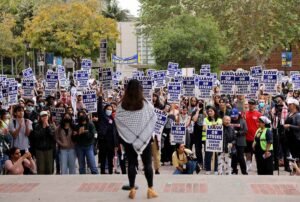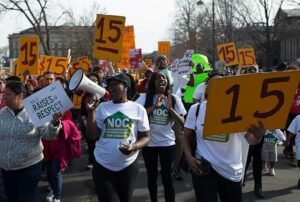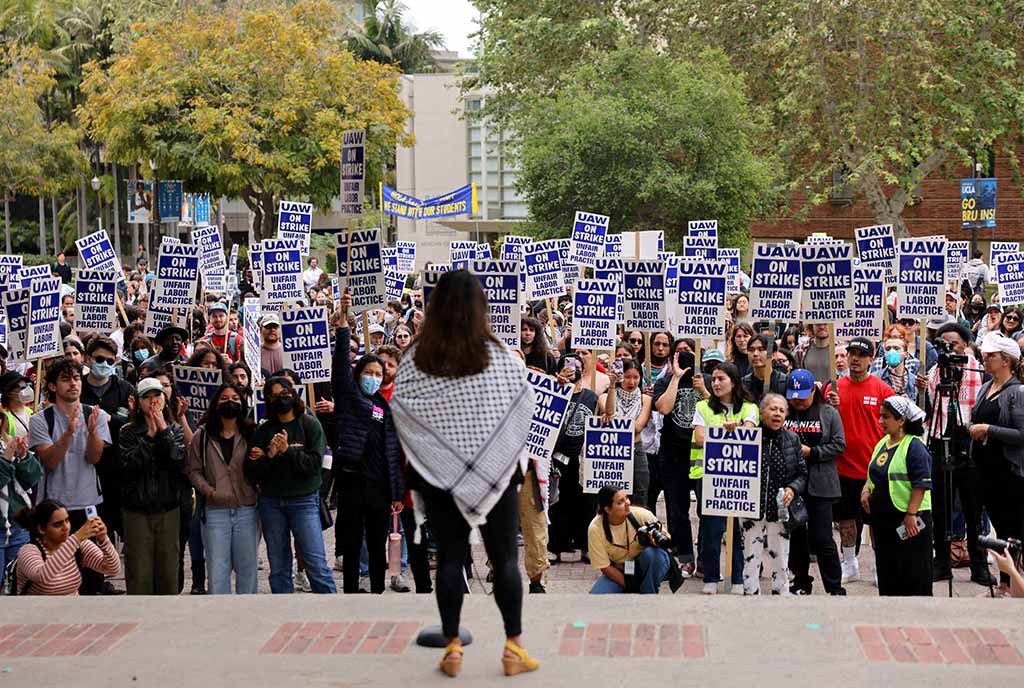
June 8, 2016: The Morning Call (Allentown, PA)
Volunteer firefighters have been around as an organized group since around 1736 and have been a point of national pride. That said, there have recently been difficulties getting and keeping volunteers.
As part of an effort to increase manpower, volunteers in the Pennsylvania borough of Emmaus began getting part-time hourly pay in 1994. The firefighters receive W-2 tax forms at the end of the year for those paychecks, which have federal and state taxes deducted. One might argue that at that point, they were and are no longer volunteers.
The Pennsylvania Professional Fire Fighters Association requested that the Pennsylvania Labor Relations Board (PLRB) certify the Emmaus firefighters’ representation by a union. Thirty-six firefighters were ruled to be employees with the ability to unionize in 2014. The Borough of Emmaus subsequently appealed. The Pennsylvania State Association of Boroughs and Pennsylvania State Association of Township Supervisors filed amicus curiae statements with the Commonwealth Court in support of the borough’s appeal; they argued that unionizing those firefighters who are being paid would damage the volunteer firefighter structure throughout Pennsylvania, which is 96 percent of fire protection in the state.
A panel of three judges heard arguments in June of 2015, but despite a belief that the decision would come down in two months, the borough heard nothing until this spring. The Commonwealth Court has ordered a full bench to hear arguments on defining employment criteria for the firefighters in the borough, rather than the panel.
Sign up for our free newsletters
Subscribe to NPQ's newsletters to have our top stories delivered directly to your inbox.
By signing up, you agree to our privacy policy and terms of use, and to receive messages from NPQ and our partners.
The employment parameters could be decided by using the Sweet test, a three-point assessment resulting from the 1974 Commonwealth Court decision, Sweet et al vs. Pennsylvania Labor Relations Board et al. If an employer has the right to choose an employee, regulate an employee’s tasks, and discipline an employee, then collective bargaining can be available to them.
States are required to provide fire services, and that includes ordinary overhead expenses. Emmaus has a budget of $202,000 to pay the firefighters, while an additional $162,000 has now been spent in legal fees.
There are concerns in the borough that if the court rules in favor of the PLRB, the municipality would be vulnerable to charges and lawsuits involving civil service provisions and the Veterans’ Preference Act, which are not applicable for volunteer firefighters.
This author’s husband has been a volunteer firefighter in New York for 40 years. Without counting fire calls, our village of 27,000 handles more than 2,000 rescue calls annually. In his and his colleagues’ opinion, it has become difficult to recruit and retain “vollies” because of the ever-increasing time commitment—not for just the amount of calls, but the mandates for intense and ongoing training.
New York State has approved a pension program to aid in volunteer retention in municipalities that institute it. The firefighter earns a defined benefit of 20 dollars each year of active service for a state-determined maximum of 40 years (although some fire districts have chosen fewer years), which would result in a monthly check at retirement of $800 for life. The firefighter retains the volunteer designation in this model, versus the paid scenario, with all of its unexpected accompanying issues, in the Borough of Emmaus. It should be noted that volunteers save the taxpayers in the state of Pennsylvania $8.6 billion a year for fire protection.—Marian Conway













